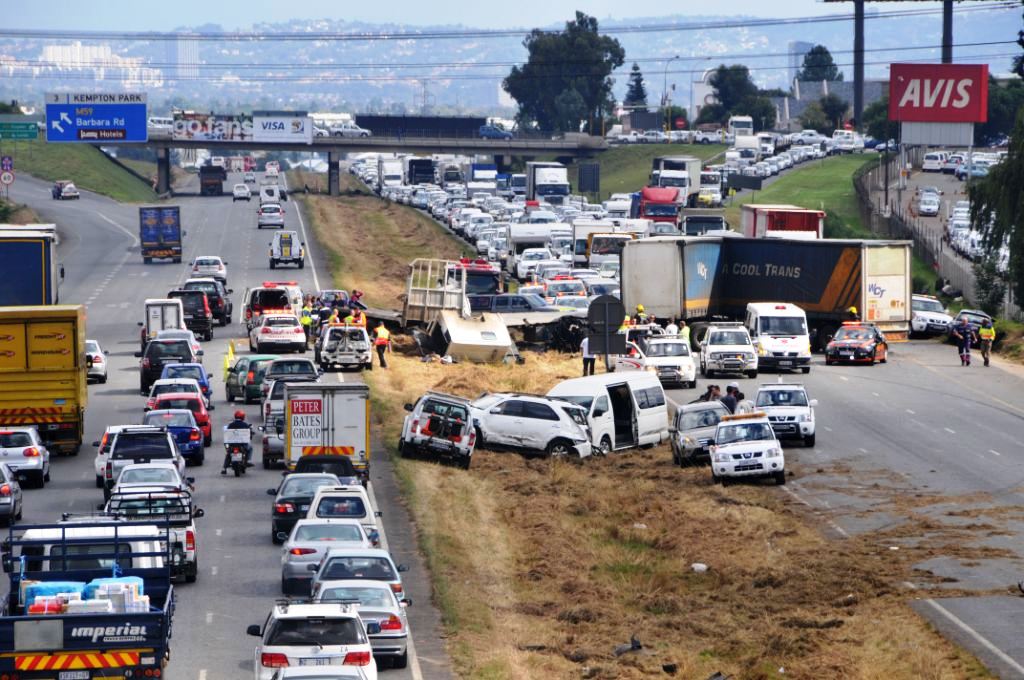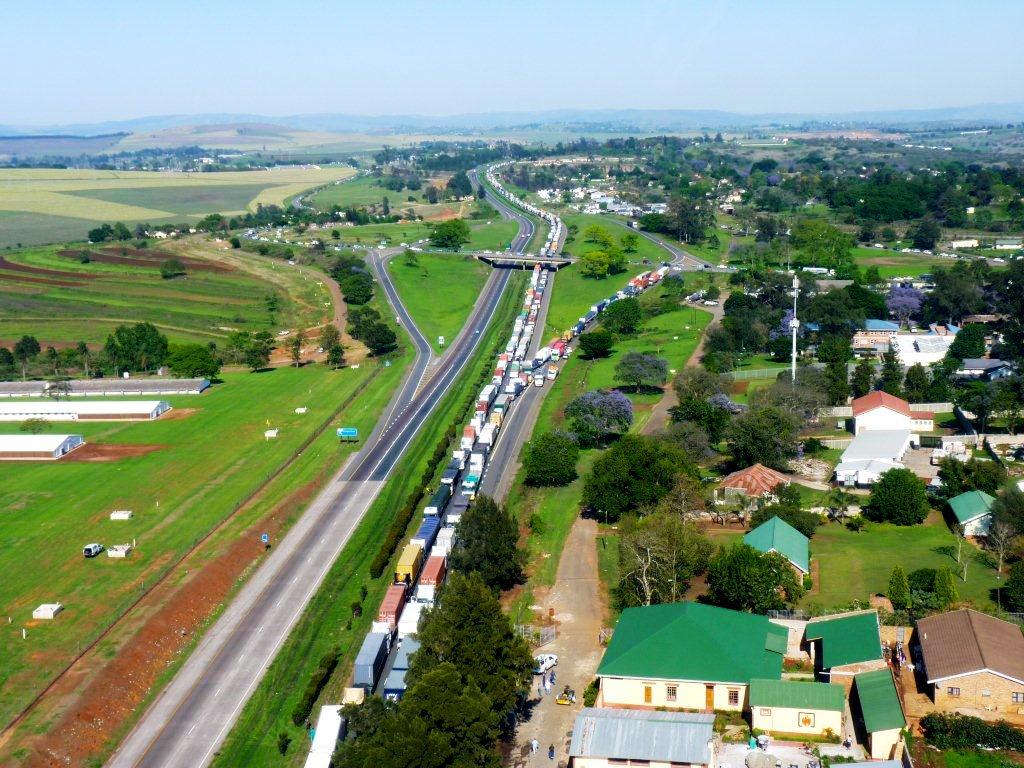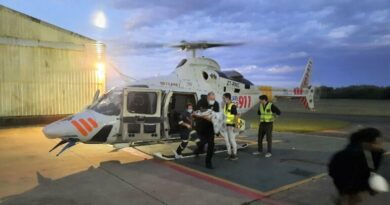Avoid the temptation of accident scene distractions!!

With millions of road users using the roads around South Africa every day, it is in no way unexpected that we stumble upon a road accident every now and then during our daily commute. But what does that entail for systems like traffic departments, rescue workers and paramedics attending to those accidents?
As a paramedic and person attending to motor vehicle collisions on a regular basis, your job requires of you to put yourself into harms way every now and then. However, the first thing you do upon entering such a situation is to consider your own safety as well as the safety of those around you. Most of the time this involves the closing of a lane of traffic and putting in place various countermeasures, thereby attempting to reduce the risk associated with working on a busy road with free flowing traffic while attending to an accident.
Paramedics and traffic officials do their best to secure the safety of workers attending the scene whilst considering the safety of other road users driving past that scene. Unfortunately, the danger cannot be totally eliminated as our road users suffer from the phenomenon of Rubber Necking.
We all know the scenario: as you are driving along the highway you suddenly find yourself stuck in bumper to bumper traffic; all three lanes are blocked. You know it’s not rush hour so you presume there must be some sort of obstruction up ahead; the most likely one being a motor vehicle collision. After crawling along for kilometres, you finally see the obstruction. To your surprise you look to your right to see that the delay was caused by a collision on the opposite side of the highway and that there was no physical barrier obstructing the road on your side of the highway. Slightly irritated at missing an appointment or two, you drive off with an open, three lane highway in front of you. One resounding question comes to mind in this situation: Was that really necessary?
Rob Byrne from Traffic Net has the following to add on the phenomenon: Rubber Necking is fascinating because the driver who slows past the scene doesn’t really feel like he/ she is contributing to a delay because they typically travel past the scene and rubber-neck for about 5 to 10 seconds only. But, because everyone is doing it that 5 to 10 second slow down at the scene leads to a 10 minute queue. The time then doubles or triples depending on the length of time that the accident remains an obstruction in the road.
In recent years the Rubber Necking effect has become worse due to camera enabled cell-phones. So, not only do we have the “slowdown and look” effect at an accident, we now have an additional “slow down as motorists steady their cell phones to capture the shot” effect. This group of motorists can be referred to as “Digi Neckers”.
Except for the obvious traffic delay, there is an unseen but well know danger that Rubber-Necking produces for traffic officials and paramedics attending to an accident scene. Officials such as traffic officers and paramedics are well adapted to loud noises induced by a good dose of sirens wailing above their heads on daily bases; it is therefore not likely that we will be deterred by loud noises around us. However, if there is one thing guaranteed to make these officials lift their heads and immediately take notice, possibly even jump a little, it would be the sound of screeching tires from a vehicle nearing an accident scene and more than likely the tell-tale sound of the road cones being knocked down one by one.
Yes, the obvious copious amounts of reflective wear, road cones and flashing blue and red lights draw the driver’s attention to an accident scene like an insect to a flame, but the purpose is simply to warn them of the potential hazard. The most important duty of a driver in any situation is to pay close attention to the road directly infront and around him.
Rob Byrne further provided the following information: The recent study in the United States found that the second-leading cause of distraction-related accidents (the leading cause being fatigue) was looking at accidents, other roadside incidents or other vehicles. In this regard, the initial accident often leads to another.
This startling statistic is therefore no surprise that rescue workers and paramedics often attend to secondary collisions at accident scenes that they were initially called to. The majority of these secondary collisions involve a frontal impact collision as the driver of the vehicle did not observe the typical “stop and go” motion of traffic in front of him, most likely due to the fact that he or she was Rubber-Necking.
It is human nature wanting to look at things not often observed by regular people, otherwise movie genres like horror just wouldn’t exist. At accidents one wants to see what has happened, whether to feel sorry for the parties involved or to sensationalise the accident within one’s own mind. But whilst driving you need to consider your own and the safety of others around you above the need to sneak a peek at a wrecked vehicle. If you fail to control this urge and find yourself Rubber Necking at accident scenes regularly you may find that in this example curiosity might well kill the cat and you yourself may become another statistic.
Andre Visser, ER24
Also view:





